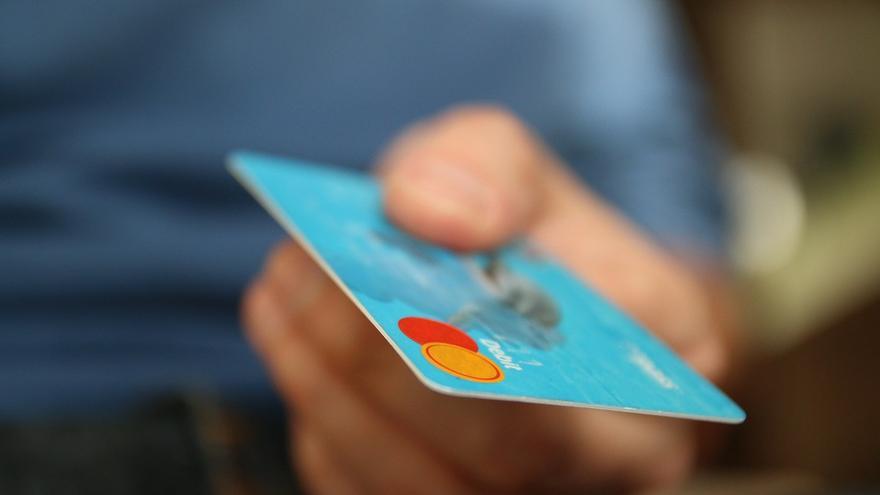Although the boom in payments through ‘smartphones’ and other ‘wearables’ have allowed them to be safely left at home, we continue to carry Credit cards with us everywhere. Now, they will change the format and will cease to be as we have known them since the 1960s. Last century.
The main novelty is that the payment networks are going to eliminate the traditional magnetic stripe as payment methoda measure that will reach all European countries in the year 2024 and will be implanted world level prior to 2033. Moreover, no card in circulation must carry the dark band that year.
MasterCard takes the lead
In Spain, MasterCard It is the first payment network to remove the code that identifies cards and will begin doing so in 2022. In this way, plastic money will work through chips and wireless payments.
These wide time frames aim to adapt to the new times. Or, rather, new technologies. In this way, companies will leave behind the magnetic stripe to implement the processing of cards with chip and with ‘contacts’.
At another rate in the US and Canada
In USA y Canadathings will go slower: the elimination of the magnetic band will not be in 2024, but in 2027when the banks they will not be obliged to issue them with this technology. By 2029, Mastercard will not manufacture any new debit or credit cards with a dark band. Instead, the goal for 2033 is the same as that of European countries.
The future: biometric cards
Experts indicate where payment methods will evolve. Obviously, there will still be credit cards, but not in the current format. through the biometric technology the human body can be used to pay. Specifically, the users’ fingerprint will be linked to an electronic chip to confirm the identity of the bank account holder in order to verify payments and confirm operations.
This technology will not only provide more security to transactions, but will also prevent fraud and theft, explain the experts, who recall that there are cards that work only by contact, without a signature or pin, depending on the amounts.
Before the magnetic stripe: by hand and on carbon paper
Related news
The magnetic stripe was created by the giant IBM. Prior to their arrival, merchants had to write down each customer’s card information by hand. Later, printing machines were used to record that information on carbon paperknown as ‘rompenudillos’ or bacaladeras, the well-known “knuckle-buster” in English.
Then came the chip, which creates a unique transaction code which, in turn, is validated by the bank to ensure the authenticity of the card. In the 1990s, the EMV interoperability standard was introduced, which is currently used in 86% of face-to-face transactions worldwide, according to Mastercard.
–

